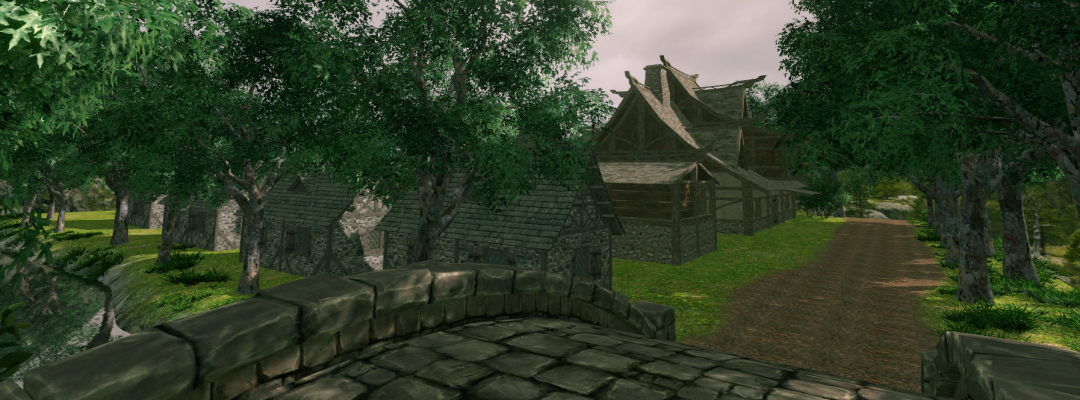Playing Jaxon - Tips and Hints
Your Weapons
You have three available melee weapons:- Unarmed Fist - a Bludgeoning weapon. Traits: Agile, Finesse, Nonlethal, Unarmed
- Dwarven Waraxe - a Slashing weapon. Traits: Dwarf, Sweep, Two-Handed d12
- Dagger - a Piercing weapon. Traits: Agile, Finesse, Versatile S
- Dagger - a Piercing Weapon with a 10' range increment. Traits: Agile, Finesse, Thrown. Note that when thrown, the dagger does not have the Versatile S trait.
Weapon Trait Definitions
Agile - If you take multiple Strike actions in the same combat round, the penalties for your second and third strikes are -4 and -8 instead of the default -5 and -10. (If you use the #2 and #3 buttons on your character sheet, these adjustments are already incorporated into the Roll20 dice rolls.)Finesse - You are permitted to use your Dexterity bonus instead of your Strength bonus to adjust your Attack roll. (Your Roll20 character sheet is already configured to use your STR bonus as that is superior to your DEX.)
Nonlethal - Weapons with this trait will, by default, not kill an opponent. If the opponent is dropped to zero hit points, it is unconscious, but does not gaing the Dying condition. You can use this weapon to make a Lethal attack, but you must declare this before attacking, and you take a -2 penalty to the Attack roll.
Sweep - The weapon makes wide sweeping attacks, making it easier to strike multiple enemies. When you attack with this weapon, you gain a +1 circumstance bonus to your attack roll if you already attempted to attack a different target in the same turn. (This effectively reduces the multiple attack penalty for the second attack.)
Two-Handed - Weapons with this trait can be wielded with with either one hand or two. The default listed damage on the weapon (in this case, d8) is the one-handed damage; the dice type included with the two-handed trait (in this case, d12) shows the alternative damage die type to use. You cannot use a two-handed weapon if you are carrying a shield.
Versatile - The weapon can be used to inflict a different type of damage other than its default. The additional type is listed with the trait: (S)lashing, (P)iercing, or (B)ludgeoning. If you do not specify explicitly during an attack, the default damage type is assumed. Different damage types may matter as some creatures have Resistances or Weaknesses to specific attack types.
Special Class Abilities, Actions, and Feats
You have the Unconventional Weaponry Human Ancestry Feat.This is what allows you to use the Dwarven Waraxe. Normally, Humans would not be "trained" - much less "expert" in a dwarven weapon.
You have the Attack of Opportunity Class Ability.
Any time an opponent within your melee reach uses a Manipulate Action (wields a wand, attempts to cast a spell with a material component, for example), or makes a Ranged Attack (whether against you or someone else), or attempts to Move away from you, you can make a melee Strike as a Reaction. Multiple attack penalties do not apply if you have already attacked during your own turn, nor does the attack count as a "first attack" if it happens before your turn.
You have the Shield Block Feat as a Class Ability.
Any time you are about to take damage from a successful attack, but you did not use a Raise Shield action during your turn, you may, as a Reaction, Raise Shield to gain the +2 AC adjustment from your shield. This may result in the attack failing instead of succeeding.
You have the Toughness General Feat.
This feat increases your maximum hit points by a number equal to your current level. At first level, it's only 1 hit point, but at higher levels, they start to add up! You also reduce the DCs of all Recovery Checks - the ones you do when you have the Dying condition - by 1.
You have the Hobnobber Skill Feat.
You can Gather Information in half the time. This may not be terribly useful in the one-shot... but who knows?
You have the Reactive Shield Fighter Class Feat.
WIth this feat, if you used a Raise Shield action during your turn, and an enemy successfully attacks you (i.e. you are going to take damage), you may, as a Reaction, actively use your shield to block the blow. Your shield absorbs an amount of damage equal to its hardness. Any remaining damage is taken by both you and the shield. (Shields have hit points, too!) A few notes about this... First, you cannot use both the Shield Block and Reactive Shield reactions at the same time because you only get one Reaction per combat round. Second, you own a Steel Shield. This shield has a Hardness of 5, so 5 points of damage would be absorbed. It has 20hp, but if it is reduced to 10hp, it becomes Broken and can no longer provide you any benefit until it is repaired. If it drops to 0hp, it is no longer repairable. The absorbed damage does not reduce shield hitpoints - it's only the "excess" that damages both you and the shield.



Comments